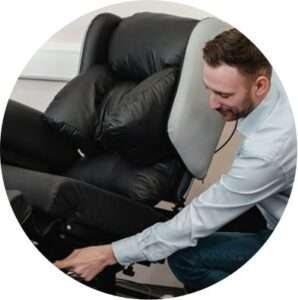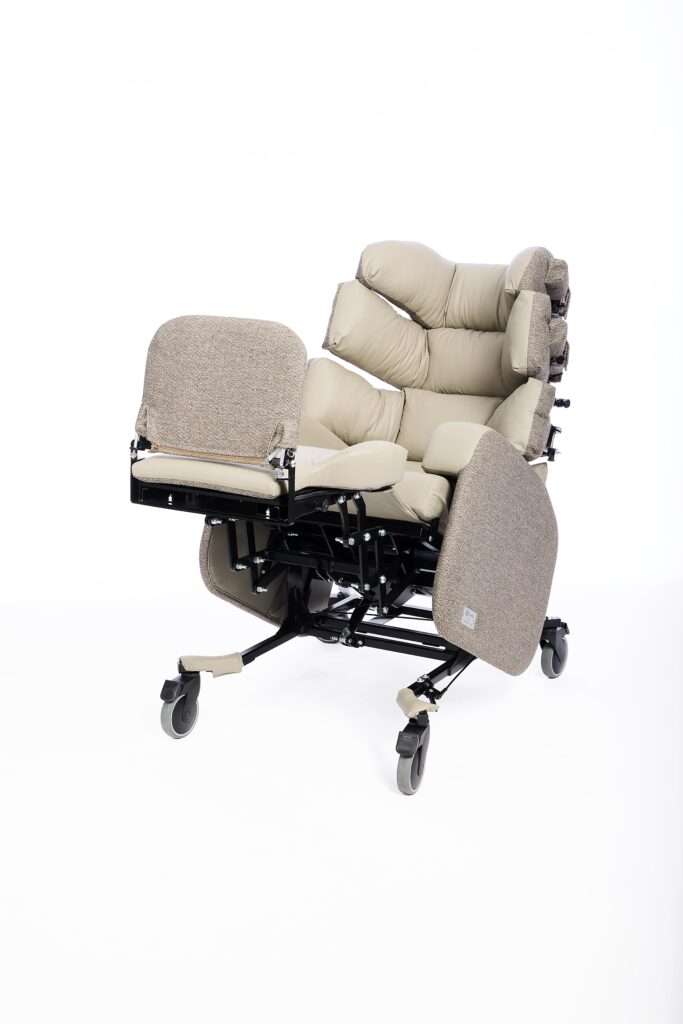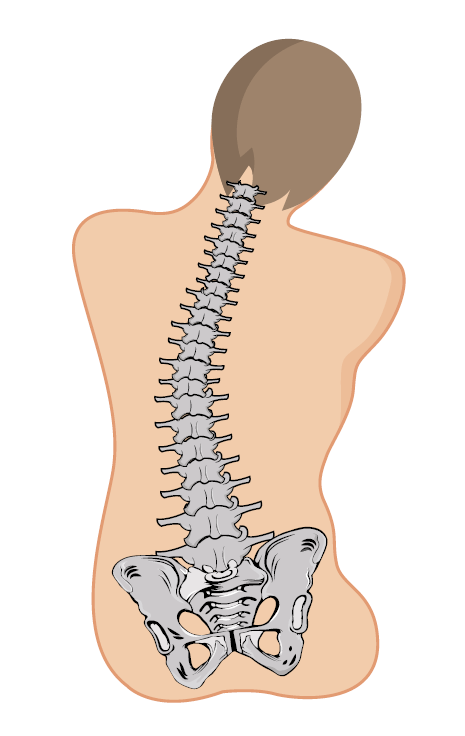Finding the right chair for Multiple System Atrophy (MSA) can dramatically improve comfort, posture, and quality of life. MSA is a rare, progressive neurological condition that affects movement, balance, and the body’s automatic functions.
In this guide, we’ll explore how MSA affects sitting posture, what to look for in a supportive chair, and which options from our specialist seating range can make daily life safer and more comfortable.
Jump straight to…
Understanding Multiple System Atrophy (MSA)
Multiple System Atrophy (MSA) causes degeneration of the nervous system, leading to problems with balance, coordination, and muscle control. Over time, sitting upright can become tiring and difficult without proper support.
Common MSA symptoms that affect sitting and mobility include:
Poor postural control: Leaning, collapsing, or instability when seated.
Muscle rigidity or spasticity: Stiffness can make it difficult to stay comfortable for long periods.
Autonomic dysfunction: Changes in sweating and circulation can cause skin discomfort or increase the risk of pressure sores.
Fatigue: Sitting upright requires significant effort, so reclining or resting positions are needed.
Risk of pressure sores: Reduced mobility can lead to skin breakdown if pressure isn’t well managed.
As MSA progresses, walking slows, standing becomes more difficult, and drops in blood pressure increase the risk of falls. Choosing a rise and recline chair or a chair compatible with stand aids can make a huge difference in safety and ease of movement.
Key Seating Features to Look for With MSA
Selecting a chair for someone with Multiple System Atrophy requires careful attention to comfort, posture, and adjustability. The goal is to reduce fatigue, maintain good alignment, and support safe transfers.
Here are the essential seating features for MSA to prioritise:
1. Lateral Support for Postural Stability
People with MSA often struggle to maintain balance while sitting. Lateral supports or adjustable lateral cushions hold the body upright and prevent leaning to one side. This not only improves comfort, but prevents extra strain on the muscles.
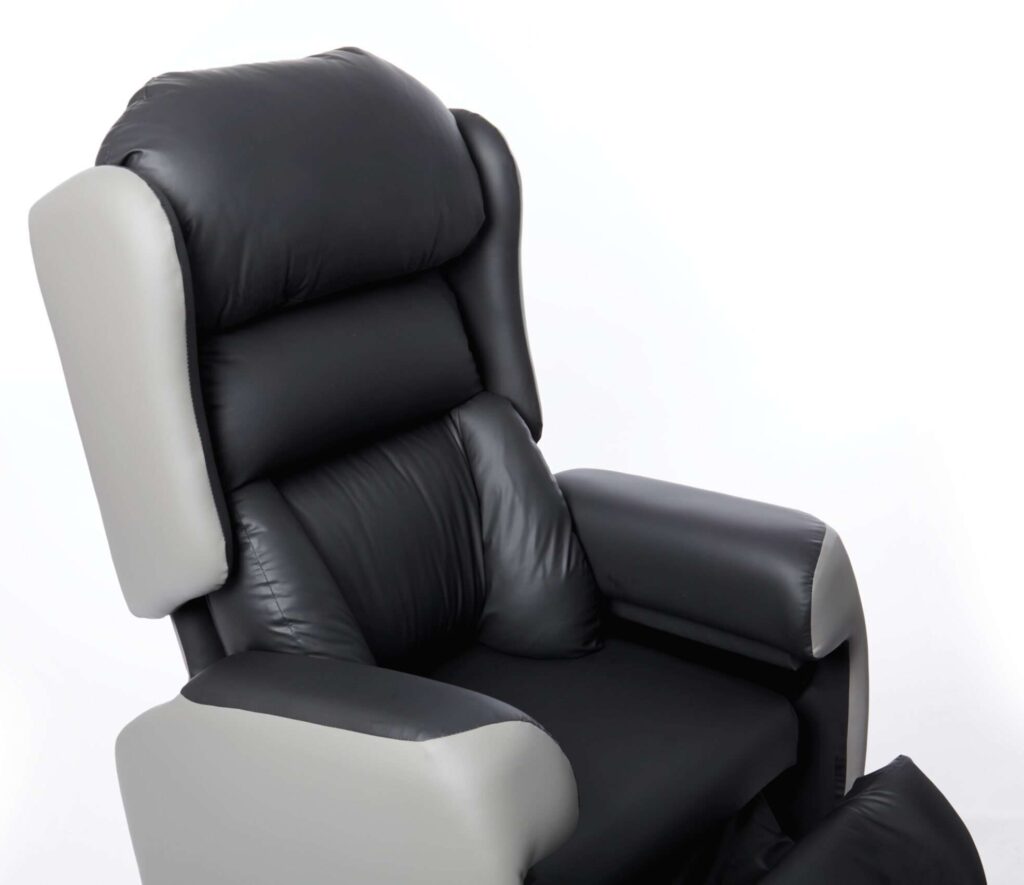
Waterfall lateral backrest – Lento Care Chair
2. Tilt-in-Space and Recline Functions
A tilt-in-space chair allows the seat and back to tilt together, keeping posture consistent while redistributing pressure. This feature is especially important for pressure care and fatigue management.
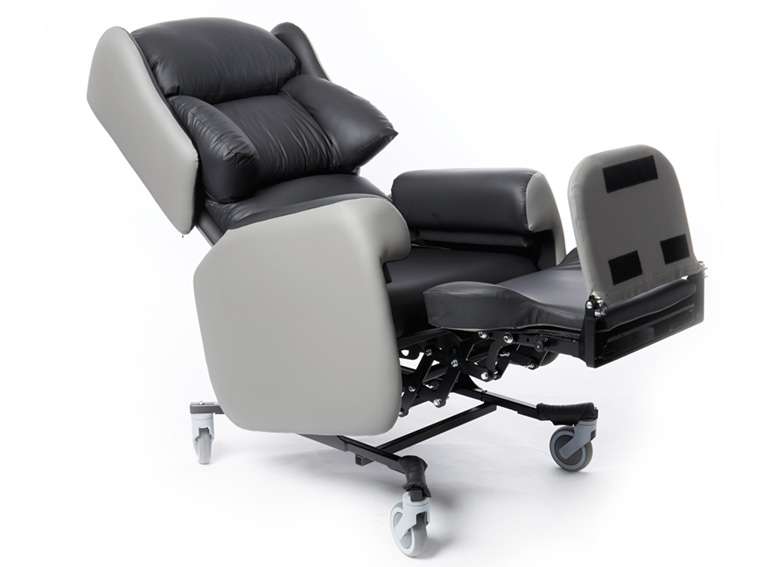
Adding a recline option enables rest breaks throughout the day without having to transfer to bed.
3. Cooling and Breathable Upholstery
People with MSA may experience excessive sweating or poor circulation due to autonomic dysfunction. Choosing breathable, moisture-wicking fabrics helps regulate temperature, keeping the user dry and comfortable. Specialist medical-grade materials can also prevent skin irritation.
4. Pressure-Relieving Cushions
Long-term sitting increases the risk of pressure injuries. The best MSA chairs feature memory foam or gel pressure cushions that evenly distribute weight and reduce pressure on the hips and lower back.
5. Variable Rise Assistance
Standing up can be extremely difficult for those with MSA, particularly when blood pressure drops suddenly. A graded rise mechanism lifts the user more gradually from sitting to standing, reducing strain and supporting safer movement. This feature is common in high-quality rise and recline chairs for neurological conditions.
6. Compatibility with Stand Aids and Wheelchairs
As mobility changes, the chair should adapt. Look for models with removable or drop-down arms that allow easier side transfers, and ensure the base design works well with stand aids or mobile hoists.
Our Recommended Chairs for MSA
Several specialist chairs in our range are designed to meet the complex needs of neurological conditions like MSA. Each model is fully adjustable and available with a range of pressure care and postural support options.
1. Lento Care Chair
A highly versatile care chair that supports users with poor postural control or reduced mobility. Features include:
- Full tilt-in-space and recline options
- Removable arms for easier side transfers
- Customisable backrests and cushions for individual support
- Perfect for long-term use and adaptable as symptoms progress.
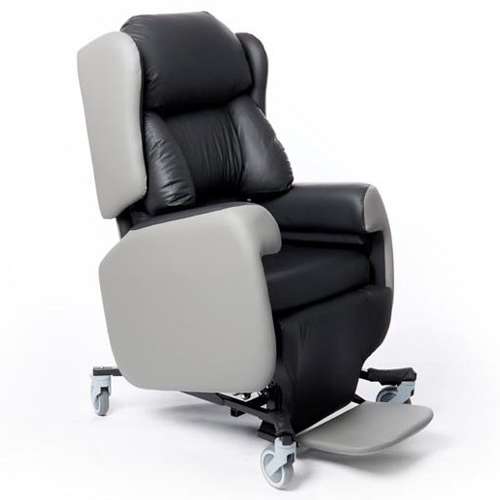
Lento Care Chair
2. Lento Rise & Recline Chair
This rise and recline chair offers smooth, variable lift assistance to help users move safely from sitting to standing. The dual-motor mechanism allows independent control of the backrest and leg rest, providing optimal positioning throughout the day.
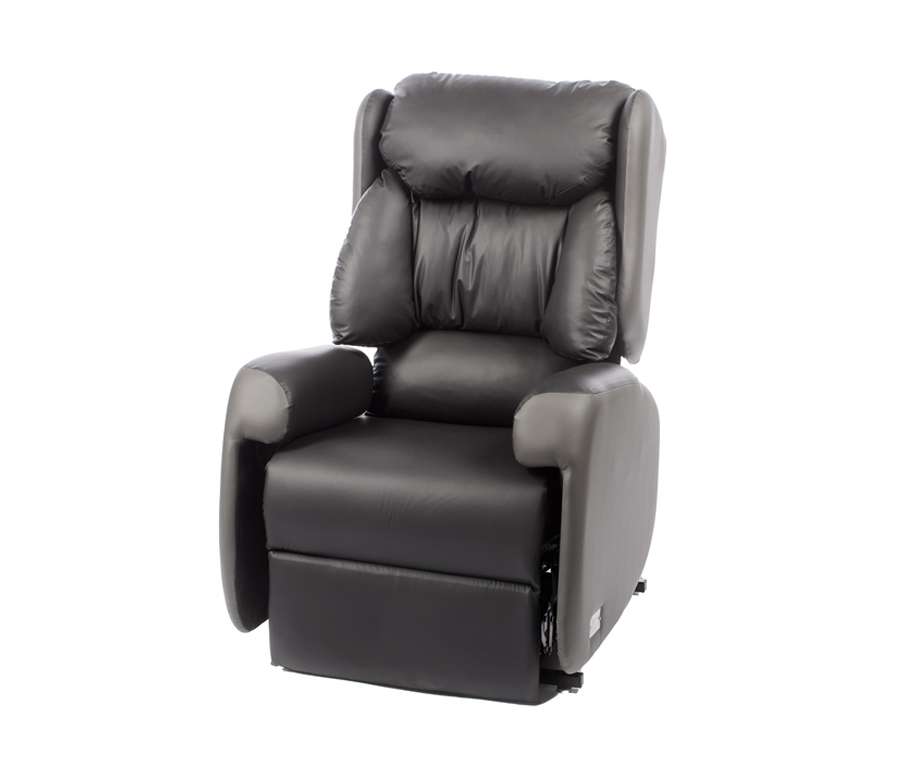
3. Lento Mobile Riser Recliner
Designed for mobility around the home or care environment, the Lento Mobile Care Chair provides comfort, tilt, and recline functions combined with built-in pressure relief. It’s ideal for users who need both postural support and the flexibility to move from room to room.
All chairs in our Lento range can be made to order, with fabric, cushioning, and accessory options to suit individual medical and comfort needs.
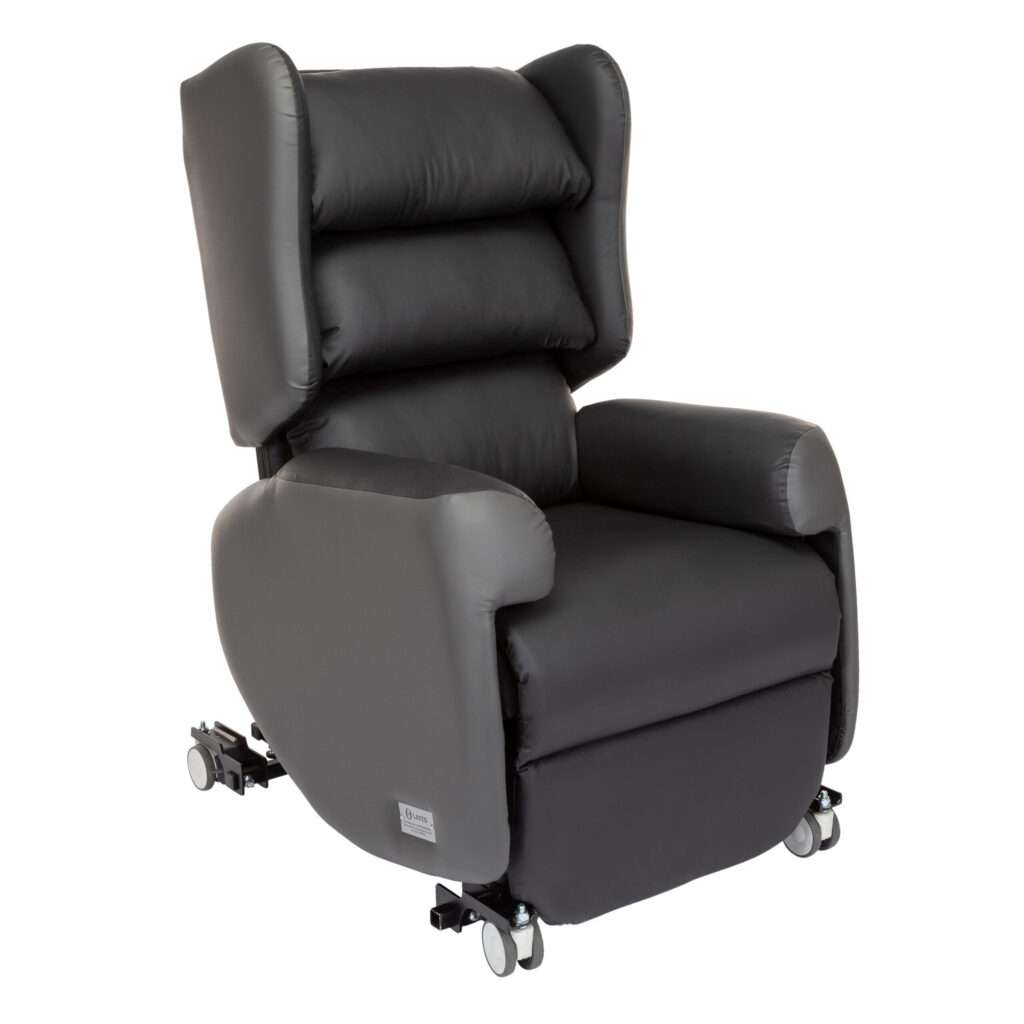
Lento Mobile riser recliner
Practical Tips for Choosing the Right MSA Chair
Get a professional seating assessment. A qualified seating specialist or occupational therapist can identify postural and mobility needs to ensure the best fit.
Plan for the future. Since MSA is a progressive condition, choose an adjustable chair that can adapt as needs change.
Try before you buy. Testing comfort levels, support, and control mechanisms ensures long-term satisfaction.
Consider pressure management and fabric care. Look for washable, breathable, and medical-grade materials to support hygiene and comfort.
Conclusion
Features like tilt-in-space, pressure relief, and graded rise can help users with MSA maintain better posture, reduce fatigue, and manage daily activities with greater ease.
FAQs: Chairs for Multiple System Atrophy
Q: How can I reduce leaning or slumping while sitting?
A: Choose a chair with lateral supports or contoured backrests to help maintain proper alignment.
Q: Can rise and recline chairs help people with MSA stand up?
A: Yes, a graded rise function provides gentle, safe assistance to reduce strain when moving from sitting to standing.
Q: Are specialist MSA chairs compatible with stand aids or hoists?
A: Many models, including the Lento range, feature removable arms and are compatible with standaids and hoists.



